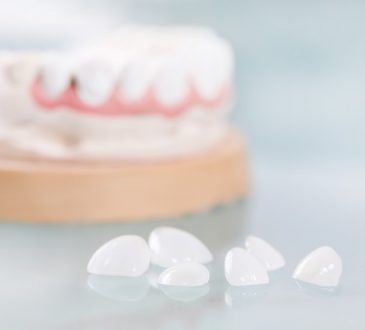
Periodontal disease is the most common chronic disorder that has plagued humans for centuries. It is considered the leading cause of tooth loss if not treated on time. It begins as an inflammation of the gums but may progress to erode your underlying jawbone as well.
Periodontal disease is effectively detected and treated by the dentist in Lansing, MI to help improve your overall oral health and well-being.
A comprehensive guide to periodontal disease
Periodontal disease, popularly known as gum disease, is a dental condition characterized by an infection or inflammation of the periodontium supporting your tooth. The periodontium comprises the cementum, gums, periodontal ligament, and the alveolar bone. It helps support and anchor the tooth.
Causes
Bacteria are the most common etiological factor which, when left untreated, can lead to the formation of plaque (a thin sticky biofilm) that adheres to the tooth surfaces. Over a while, plaque hardens to form calculus. This paves the way for the secretion of harmful acids and toxins that erode the tooth and other supporting structures.
Risk factors
- Genetic predisposition
- Poor oral hygiene
- Pregnancy and menopause due to hormonal changes
- Smoking
- Stress
- Medications such as immunosuppressants and those that reduce saliva production
- Certain autoimmune diseases like lupus
- Heart or respiratory disease
Warning signs
Some of the common and obvious signs of periodontal disease include:
- Red, swollen gums
- Tender, painful gums
- Persistent bad breath (halitosis)
- Pain when chewing
- Poor bite due to malocclusion
- Receding gums
- Increased tooth sensitivity
- Loose teeth
Periodontal disease treatment explained
Treatment for periodontal disease is based on the severity of the condition.
Non-surgical options: For mild to moderate disease
- Professional dental cleaning
- Supragingival (above gum line) cleaning
- Subgingival (below the gum line) deep scaling
- Root planing
- Medications
- Antibiotic gels
- Antimicrobial mouth rinse
- Enzyme suppressants
- Gingival pocket irrigation
Surgical options: For moderate to severe cases
- Pocket elimination surgery
- A flap surgery to reduce the size of the gingival pocket between the gums and the teeth.
- Tissue regeneration
- A biocompatible layer or membrane is inserted into the affected area to promote regeneration of the tissues.
- Gum grafting
- Helps to reattach the lost gingival tissues on the exposed tooth surface
- Bone grafting
- Aids in bone regrowth using graft material.
- Dental implants
- Replace lost teeth by mimicking the tooth roots to provide anchorage to permanent restorations like crowns and dentures.
Periodontal disease has been a prevailing dental problem, next to tooth decay. Understanding the warning signs is important since it helps you seek dental care on time and prevent further damage.




